Co-founder of Architects Without Frontiers, Esther Charlesworth, speaks with Jarrod Reedie on AWF’s purpose for being – creating crucial infrastructure for communities in need.

February 25th, 2022
The very essence of architecture is to design and create buildings that fulfil a certain purpose. While many buildings or projects we see approved for our cities and communities typically cater towards the people of said communities, often the built environment can shy away from creating key projects for those who need it most.
Architects Without Frontiers (AWF) looks to facilitate the design and construction of health, education and community projects across the Asia Pacific region. The organisation, founded in 1998 by directors Esther Charlesworth, Beau Beza, and Garry Ormston, was formed after Charlesworth visited Mostar in 1996 as part of the Aga Khan Trust, looking to rebuild the Bosnian city.
“The idea came to me when I was working in Bosnia alongside representatives from Doctors Without Borders, and thought why can’t architects do something similar?” Charlesworth says.

Fast forward over two decades and AWF has collaborated with 35 communities to improve their social and physical infrastructure and has implemented 43 health and education projects across 15 countries in that time. In order for the projects to come to fruition, AWF partners with 11 built environment practises (who also fund the organisation’s costs), including SJB, Tract and Hassell, and selects the appropriate firms to carry out the design, costing and construction process.
Charlesworth says the work isn’t necessarily determined by location, it simply comes from submissions on the organisation’s website, which then springs AWF into action.
“We work with any community whose resources are stretched. We’re currently doing a women’s centre in Kabul, but we’ve also done a Women’s Crisis Centre in Preston,” she says.
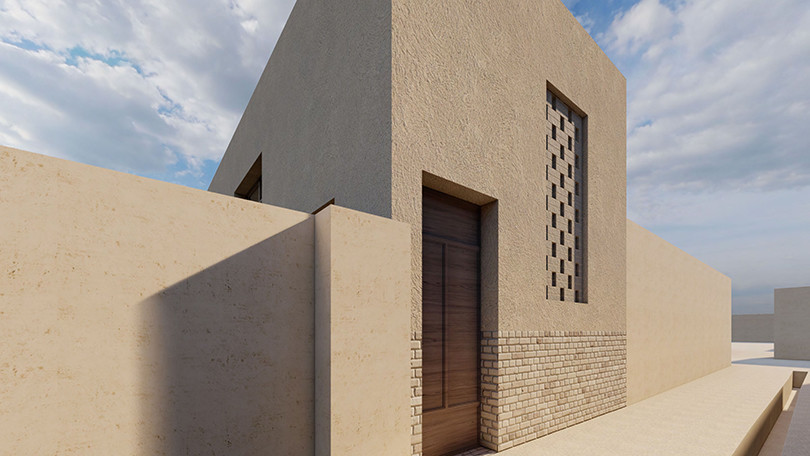
“It’s not demarcated by ‘north or south divides’ as they say in development circles. I think vulnerability and fragility is everywhere.
“It’s about designing for the other 90 per cent. The profession and how we’re educated often deals with the needs of the elite as opposed to those who need it most.”
Architects Without Frontiers is highly selective in the projects it undertakes, which is based on the likelihood of the project being able to reach completion, as well as whether it will be able to secure funding. As well as this, Charlesworth says it’s imperative the projects are carried out by industry professionals.
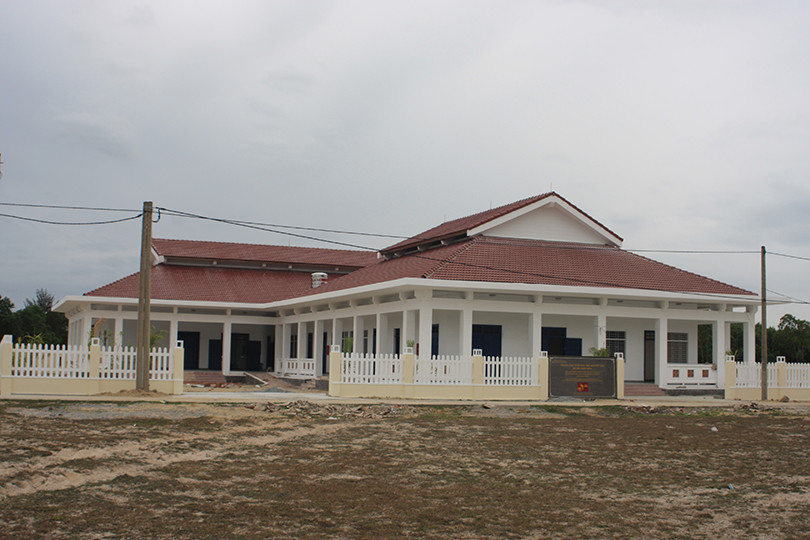
“If you don’t have a government in power or some sort of administration system in place, it’s very challenging, but not impossible to complete a project,” Charlesworth comments.
“We’ve been able to create a new women’s centre with SJB in Kabul that is now under the reign of the Taliban, but then you have countries like Sri Lanka with what she calls the ‘triple disaster’ phenomenon. That is where you have the disaster of a tsunami, and then 40 years of war and no investment in infrastructure and then the disaster of reconstruction, often being done with scant regard for culture or community.
“We don’t involve recent graduates in our projects. We only get design firms involved that have got a really sound track record and organisational scale. These aren’t projects for beginners and these communities don’t want to be experimented on with a new prefab solution.
“At the end of the day we run a business, despite being not-for-profit we still need to deliver on a brief like any design firm does. We have a moral imperative to be financially, culturally and socially productive. We’ve got to cover our bills and also follow sound governance principles of an efficient NGO.”
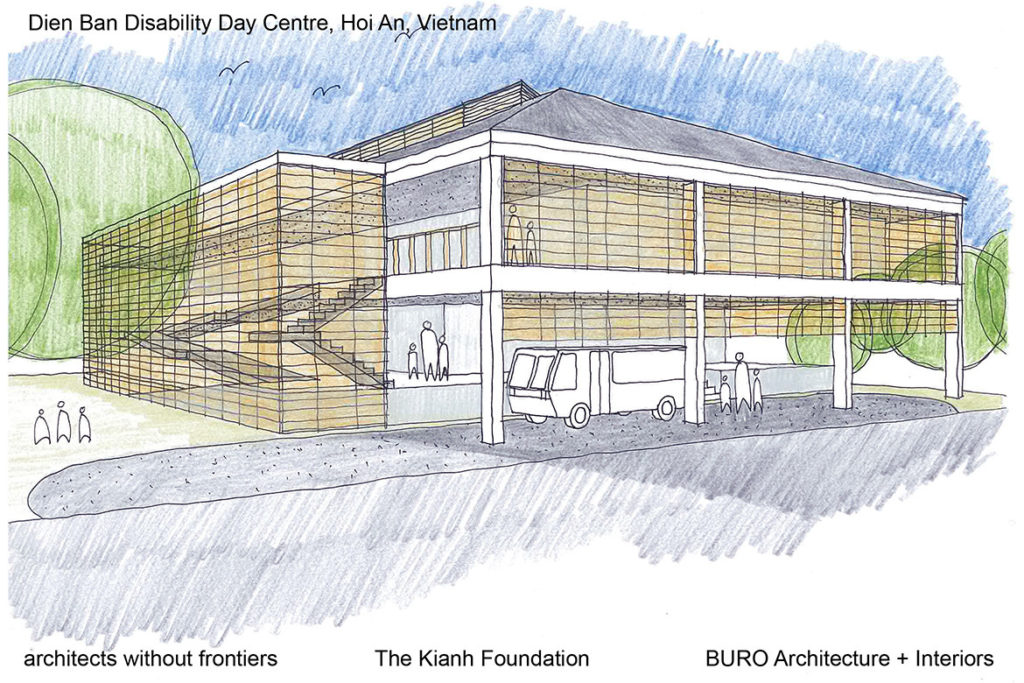
In terms of a long-term vision for AWF, Charlesworth says it’s a very straightforward goal.
“For us, it’s really just to see the project through to completion and empowerment of the community for whom the project is being built. We only take on board projects that have a good chance of getting funded.”
Esther is a Professor at RMIT University’s School of Architecture and Urban Design and the founder of the university’s Master of Disaster, Design and Development (MoDDD) degree, which gives graduates from any discipline, including design, the ability to develop the skillset required to work in the disaster management and urban resilience sectors throughout Australia and the wider world.
Charlesworth says the MoDDD degree has been created in order to cater and build awareness for postgraduate students to contribute their design or other skills, effectively for communities in need.
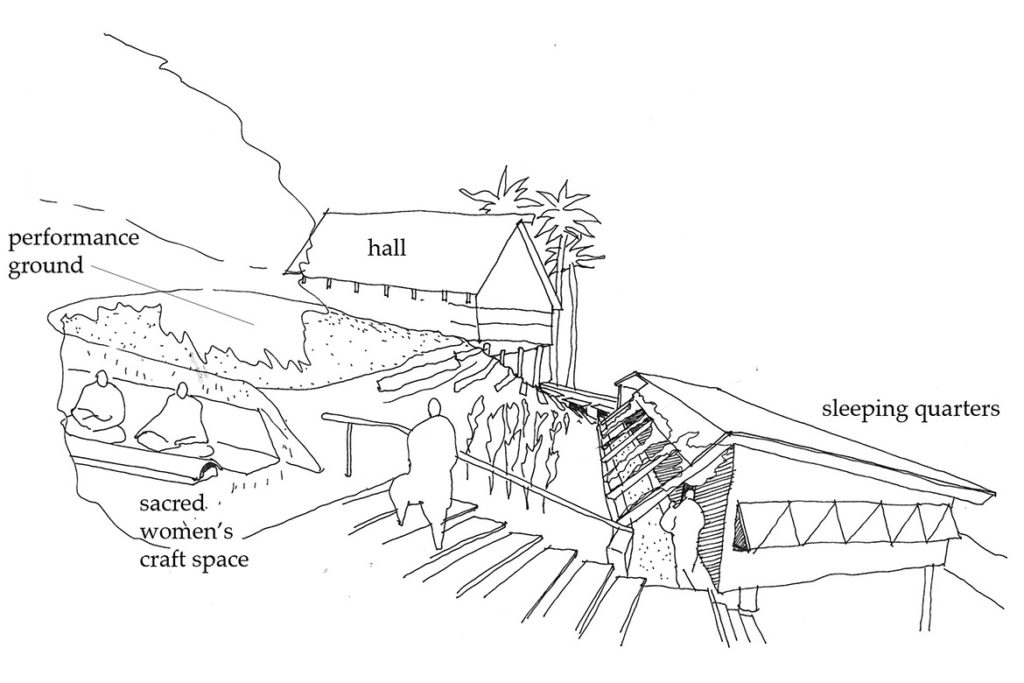
“I don’t think I’m doing anything kind of radical or new. The degree that we set up at RMIT purposely enables students from any discipline to transition their careers into the rapidly growing disaster and urban resilience sectors,” she says.
“We’ve had probably 50 per cent of our students from an architecture or a landscape architecture background. Our graduates now work for the World Bank, UNHCR, ARUP and even the City of Port Phillip, so it’s a very deliberate mechanism for students who want to devote their careers to this kind of work.”
The Master of Disaster, Design and Development degree has its own website set up for design and other professionals and students to view. To find out more about the degree, click here.
Architects Without Frontiers
architectswithoutfrontiers.com.au
INDESIGN is on instagram
Follow @indesignlive
A searchable and comprehensive guide for specifying leading products and their suppliers
Keep up to date with the latest and greatest from our industry BFF's!
The new range features slabs with warm, earthy palettes that lend a sense of organic luxury to every space.

The undeniable thread connecting Herman Miller and Knoll’s design legacies across the decades now finds its profound physical embodiment at MillerKnoll’s new Design Yard Archives.
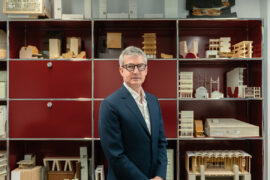
Leading by design, Erik L’Heureux has recently taken the helm of Monash University’s Department of Architecture, and so a new and exciting journey begins for both L’Heureux and the University.

Fine art that informs commercial design has authenticity and soul, and Ross Didier is at the forefront of creativity that is infused with passion.
The internet never sleeps! Here's the stuff you might have missed
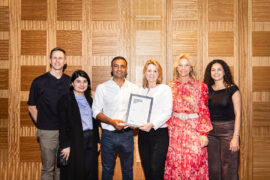
The winners of two major Powerhouse design initiatives – the Holdmark Innovation Award and the Carl Nielsen Design Accelerator – have been announced with the launch of Sydney Design Week 2025.
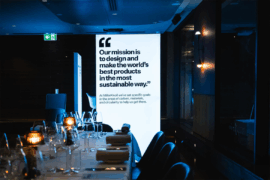
MillerKnoll reimagines the convention of dinner table interactions by plating up a future-forward menu of sustainable design conversation starters as part of the inspiring “Conversations for a Better World” event series.
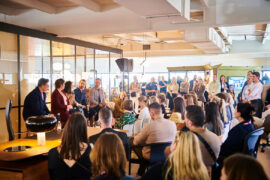
Curated by the Indesign editorial team and hosted at leading showrooms, the Design Discussions series provided thoughtful reflection and debate on key issues shaping the industry.
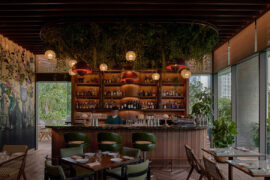
Grounded by the rich warmth of American white oak, The Standard’s newly opened restaurant, Kaya, redefines the classic dining convention through a tasteful fusion of biophilic design, mid-century modern sensibility and elevated whimsy.